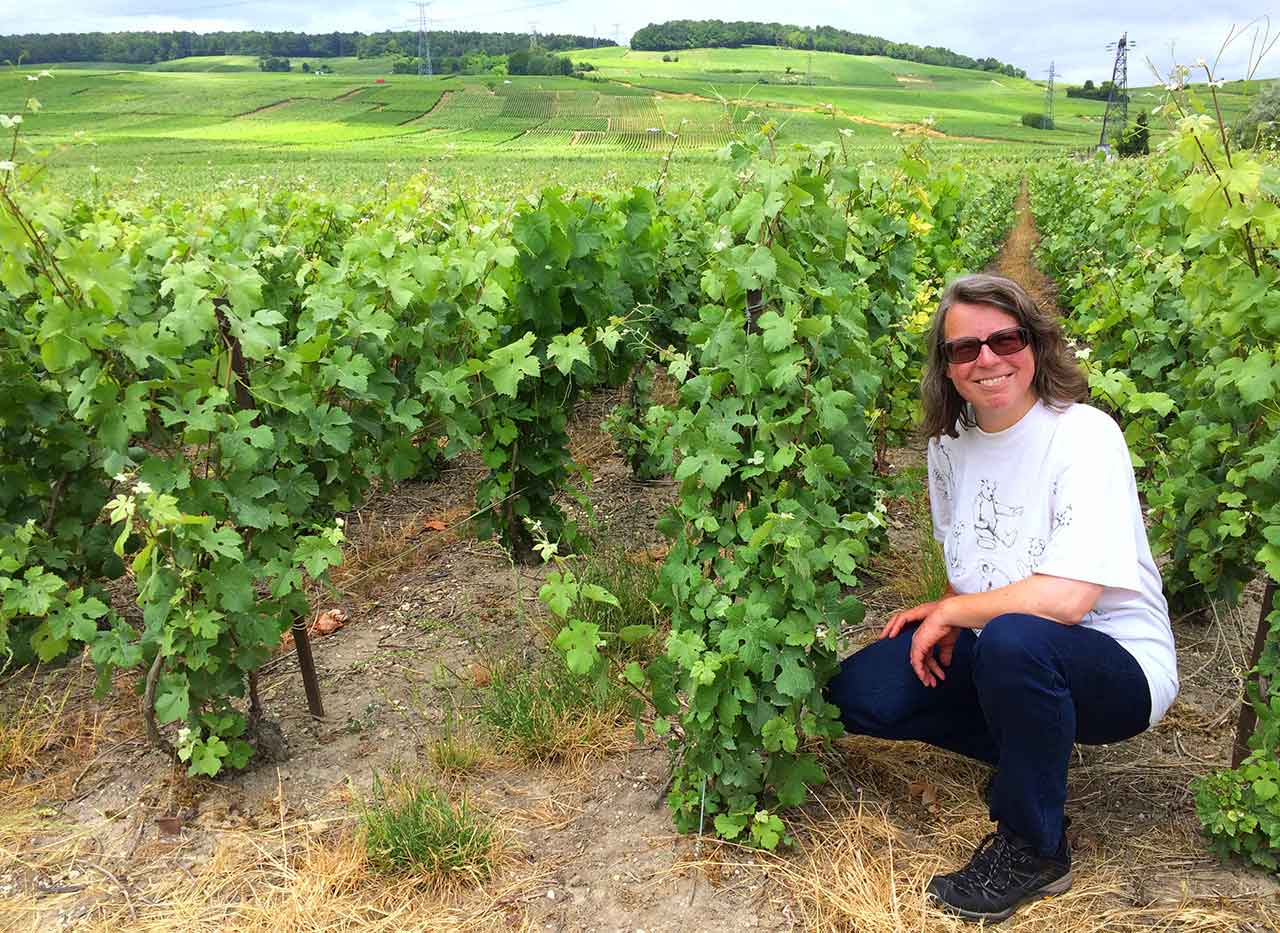Table wine
In Europe table wine is considered to be a lower quality level than the named regional wines such as those classified as AOC (in France) or DOC (in Italy). In practice these "lower quality" wines can sometimes be very good in their own way – they're just produced outside the named regions or from blends of unfashionable grapes so they don't warrant the premium label. In the US, table wine is a tax category for all wines with 11%-14% alcohol.
Tafelwein
German for table wine.
Taille
French for the juice from the second pressing of the grapes.
Talento
Italian sparkling wine made by the champagne method.
Tainted
Wine that has had its character compromised by an external influence such as cork taint.
Tannin
Tannin is the substance in wine which has an astringency and drying effect in your mouth. It is naturally occurring and used by plants to deter animals from eating bark, leaves and fruit. Tannin in wine comes from the grape skins, seeds and stems, and also from oak if the wine is matured in oak barrels.
Tart
High in acidity, sharp and sour.
Tartaric acid
Tartaric acid occurs naturally in fruit. It gives wine tartness, and helps to fight bacteria and prolong the life of the wine.
Tartrate crystals
Crystals of tartaric acid sometimes form as a wine ages, and collect in the bottle. They are most commonly seen on the underside of the cork or as a deposit in the bottom of the bottle. Once they have formed they will no redissolve. They are not harmful to the wine or the drinker, though getting a mouthful in the last glass from the bottle can be unnerving.
Tastevin
A small, flat tasting cup with a handle used by winemakers.
Tasting flight
A series of wines presented for tasting and comparison.
Tawny Port
Tawny Port is aged in oak barrels, imparting a nutty flavour to the wine.
TBA
Short for Trockenbeerenauslese.
TCA
Short for Trichloroanisole, the chemical that causes cork taint.
Tears
Dribbles of wine which form on the inside of a wine glass. Also known as legs. Indicates that the wine is high in alcohol or sugar content but does not necessarily indicate a high-quality wine.
Tempranillo
Black grape variety mainly grown in Spain.
Tenuta
An Italian term for a winemaking estate, equivalent to a French domaine.
Tequila
Mexican spirit made from the Agave plant.
Terroir
French word for soil. In wine it refers to the combination of soil, situation and climate of a particular winegrowing region which, it is claimed, has an effect on the character of the wine produced there.
Tertiary aromas
Aromas and flavours that are the result of aging, usually in the bottle.
Texture
A wine tasting term referring to the feel of the wine in the mouth.
Tight
Said of a wine that is closed, not allowing its flavours to come through on the palate. These wines may improv with age.
Tinto
The Spanish and Portuguese word for a red wine.
Tired
A wine which has aged beyond its peak.
Tobacco
A wine tasting term indicating that the wine has the sweet, resinous flavours of tobacco.
Tokaji/Tokay
A Hungarian/Slovak wine producing area.
Tonneau
A large wine producing barrel. In Bordeaux a tonneau has a capacity of 900 litres, equivalent to 1200 wine bottles.
Torrefaction
Wines with torrefaction have roasted flavours reminiscent of coffee beans, chocolate or wood smoke, the result of aging in barrels which were charred on the inside during manufacture.
Traditional method
The method of sparkling wine production used to create Champagne. See Methode Traditionelle.
Transparent
A wine which presents its flavours clearly and distinctly.
Treacle
Tasting note indicating a wine with the rich, bittersweet flavours of black treacle.
Triage
French term for hand selection of grapes, rather than using a machine.
Trichloroanisole (TCA)
The chemical mainly responsible for cork taint, which leaves a wine smelling musty and damp.
Trocken
German for dry.
Trockenbeerenauslese
German term for a late harvest wine made from Botrytis-affected grapes.
Typicity
How well a wine displays the usual characteristics of its grape variety, region or style.






